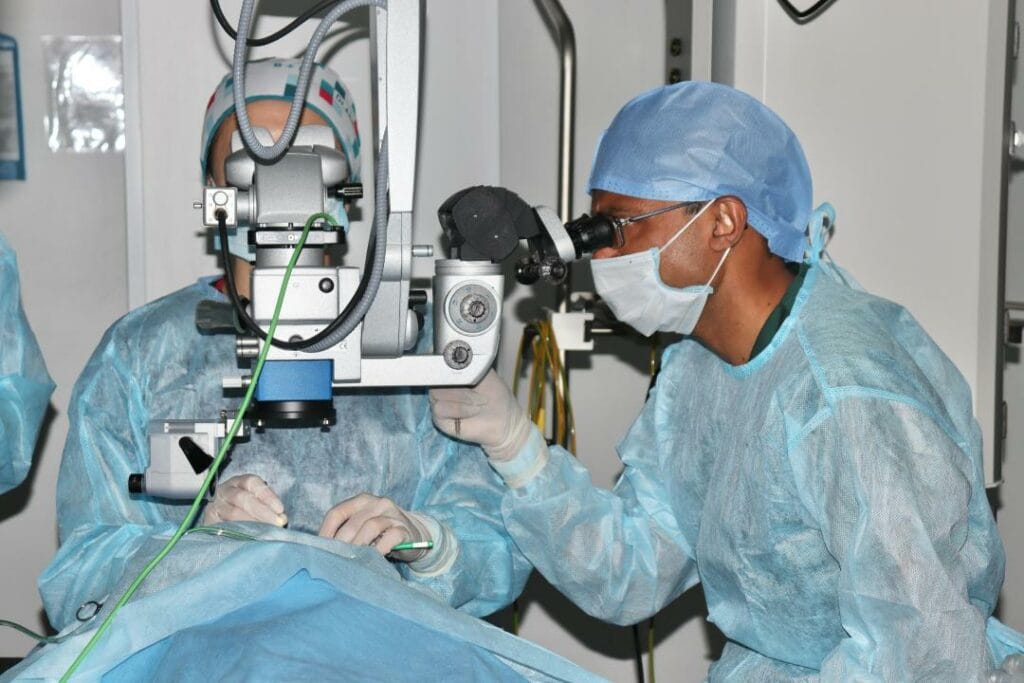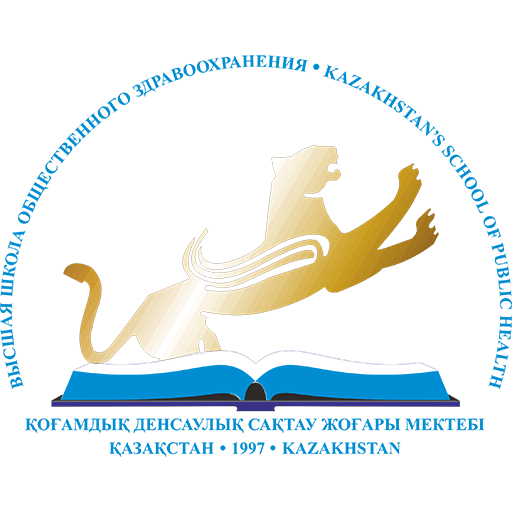


For the first time in the history of Kazakhstani medicine, an international master class on early vitrectomy in premature infants was held in Almaty — a high-tech surgical procedure that gives babies a chance to preserve their vision.
These were not just four days of surgical practice — they were four days in which eyes, light, and futures were literally saved. Because vision loss in infancy is not just a medical diagnosis. It is the loss of a world: of colors, of a mother’s face, of the touch of light, of confident movement, of the ability to learn, play, and dream. Blindness is the silence into which an entire life can fall. But if we act in time — that silence can be stopped.
The master class was held at the Center for Pediatric Emergency Care in Almaty with the participation of Dr. Nihil Pal — a world-renowned Indian ophthalmic surgeon specializing in the treatment of severe cases of retinopathy of prematurity (ROP). Over four days, the medical team under his guidance performed 20 surgeries for 14 children from 12 regions of Kazakhstan. The youngest patient was only 2.5 months old.
The central theme was one of the most complex and frightening diagnoses in pediatric ophthalmology — retinopathy of prematurity. This retinal disease is a leading cause of blindness in newborns worldwide. In Kazakhstan, more than 22,000 premature babies are born each year, and around 4,000 of them are at risk of developing ROP.
“In recent years, retinopathy has become a true epidemic of infant blindness in Kazakhstan. It’s a disease where every hour counts. If we delay, the child may never see their mother’s face,” says Asel Sharipova, the country’s leading pediatric ophthalmic surgeon.
Over the past decade, Kazakhstan has made significant progress: early diagnosis protocols have been implemented, over 40 ophthalmologists have been trained, and regional teams have been created. However, until now, in severe or terminal stages, children had to travel abroad — because complex vitrectomies were not performed domestically.
Previously, children were referred to foreign clinics for these intricate vision-restoring surgeries.
Now, this assistance has become available in Kazakhstan. It marks not only a technological breakthrough, but a new era in treating the most vulnerable patients — one where their care no longer depends on borders.
A key factor in this breakthrough was the state-of-the-art equipment installed in the operating suite of the Center for Pediatric Emergency Care. Thanks to support from Chevron and the “I See the World” project by the AYALA Foundation, the center received advanced Constellation laser surgery equipment, including tools for early vitreoretinal surgery — an essential requirement for such complex interventions. This is a clear example of how the joint efforts of different foundations help build real rescue systems.
It is also worth noting that during the master class, 10 Kazakhstani doctors from Astana, Shymkent, and Almaty underwent professional development. This will help build a sustainable professional base and expand the capacity for high-tech ophthalmic surgery within the country — so that such care can be available here, at home, without the need to travel abroad.
Beyond the surgeries, participants discussed the development of pediatric ophthalmology services, training for local doctors, and the prospects of international cooperation in child eye care and medical tourism.
Today, Kazakhstan has taken a step not only toward technological sovereignty — it has taken a step toward giving every child in this country a chance to see, to have a childhood, and to live in the light.
Stay up to date with our news at https://ksph.edu.kz/ and on our Telegram channel Mediclub.


